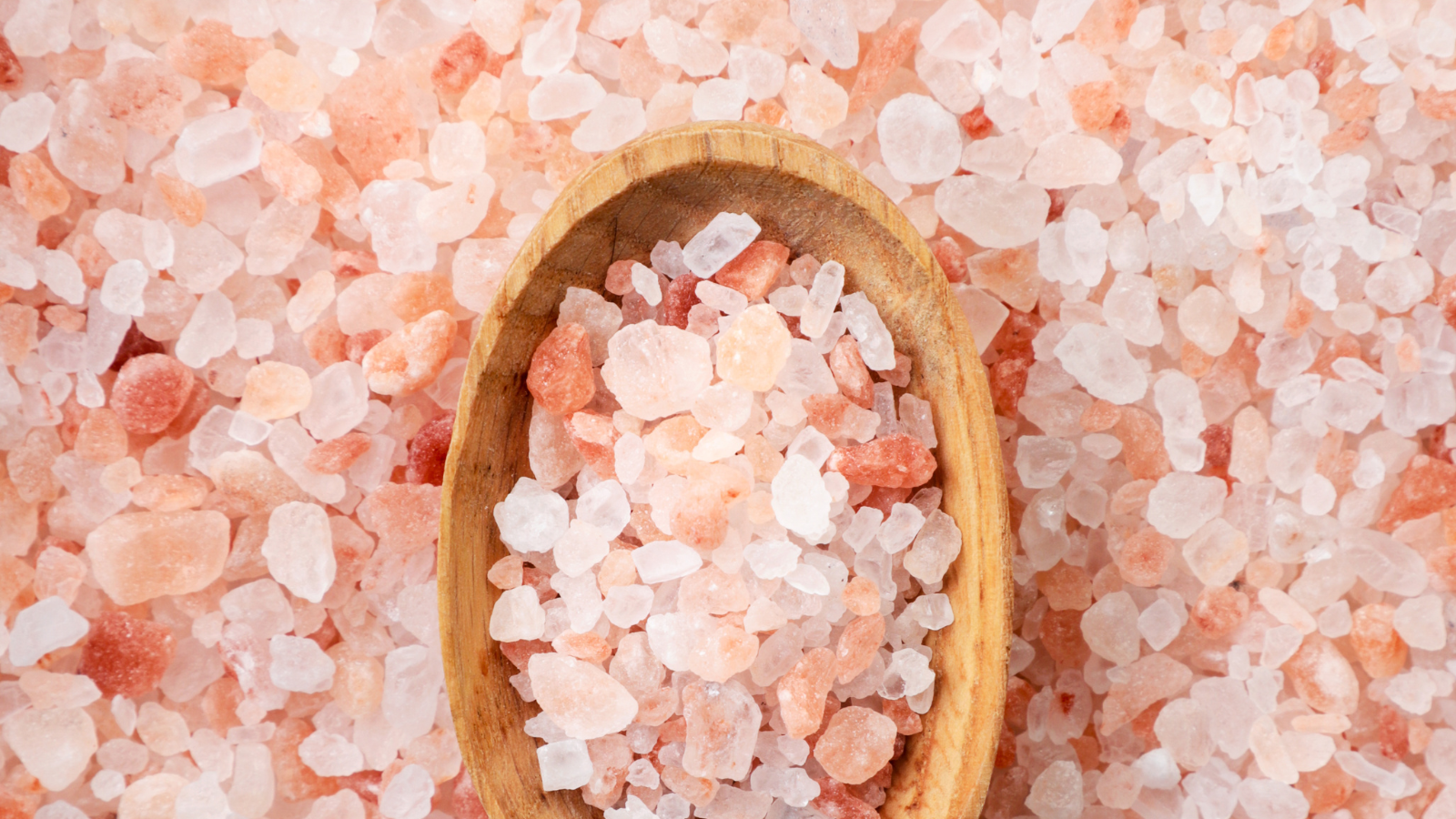Essential facts about salt intake and how to reduce it for better health


Health effects of too much salt
Most of us consume too much salt, but what are the health implications? Salt contains sodium, a mineral that can increase the risk of high blood pressure when consumed in excess. High blood pressure is a significant risk factor for stroke, heart disease, and kidney disease. Additionally, a high-salt diet can increase calcium excretion, potentially leading to osteoporosis. Australia’s National Health and Medical Research Council recommends limiting salt intake to less than 5 grams (2000mg of sodium) per day, which is slightly less than a teaspoon. For those with high blood pressure, reducing intake to 4 grams (1600mg of sodium) per day is advised.
Daily salt requirements
Historically, salt was a valuable commodity, but today it’s so ubiquitous that we often consume too much without realising it. The human body needs only around 1 gram of salt per day for proper function, yet Australians and New Zealanders average about 9 grams per day.
Understanding salt and sodium differences
Salt is a mineral made up of sodium and chloride. Sodium is a chemical element that occurs in salt and many foods. Our body needs a small amount of sodium to help regulate fluid levels, but too much may cause high blood pressure and can lead to health problems.
- Recommended intake: Aim for 1 tsp (4g) of salt daily (1600mg of sodium).
- Maximum limit: 1½ tsp (6g) of salt daily (2300mg of sodium).
Benefits of iodised salt
Iodine helps the thyroid gland and the hormones that regulate our metabolism to work properly. You can buy iodised table salt or sea salt, which has had iodine added to it. Most bread in Australia and New Zealand (except organic and bread mixes) is required by law to use iodised instead of non-iodised salt to ensure most adults and children consume enough iodine. Seafood and dairy products are also good iodine sources.
Himalayan salt vs sea salt: There a difference?
That expensive pink Himalayan sea salt looks beautiful, but is it any better for you than table salt? Sea salt is produced by evaporating water from the ocean or inland lakes and is less processed than table salt, which undergoes a purification process to make it finer. Sea salt may be more ‘natural’ than table salt, but it’s no healthier and contains exactly the same amount of sodium.
Sea salt also often contains trace minerals from its water source that give it colour and flavour, such as the pink Himalayan and Murray River salts. These are often touted as having health benefits but their mineral content is too small to have any nutritional value. The bottom line: Gourmet salts add flavour and texture, but they’re no better than table salt.
Should I cut back on salt?
Yes and no. The salt you physically add to your food only accounts for about a quarter of your daily sodium intake. In most people’s diets, the other 75 per cent comes from processed foods—and not just salty ones like potato chips and bacon, but also processed foods that might not taste super salty, like bread, cereals, biscuits and cooking sauces. In fact, sometimes it’s not even ‘food’ you need to think about. A 2018 Australian report found that, on average, just one tablespoon of soy sauce contains 61 per cent of the recommended maximum daily sodium intake. And those tiny fish-shaped soy sauce bottles you get with your sushi? Each one contains nearly 10 per cent of a day’s maximum daily sodium intake.
Strategies to cut back on salt intake
1. Focus on fresh, unprocessed foods
The majority of our salt intake comes from processed and packaged foods, so limit these and eat as much fresh fruit and veggies as possible. Also, aim to keep fast-food and takeaway options for occasional meals.
2. Pick low-sodium options
When you buy processed or canned foods, check nutrition information panels and go for low-sodium options, with less than 120mg per 100g. Try to avoid foods with 600mg of sodium or more per 100g.
3. Check labels
If you do want to start brand swapping, or to check up on a packaged food that doesn’t taste salty (because foods can be surprisingly high in sodium even if they aren’t particularly ‘salty’), check out the nutrition information panel. Less than 400mg of sodium per 100g is considered to be a moderate amount, while less than 120mg of sodium per 100g is considered low. Looking for products that have the words ‘no added salt’ or ‘reduced salt’ on the label is a good strategy, too.
4. Cut back on 'table salt'
It might only account for 25 per cent of your salt intake, but reducing how much salt you add during cooking and when you’re serving a meal still adds up. No need to go cold turkey, either—slowly reduce your intake over a few weeks. That’ll give your taste buds time to adjust to the lower level of salt.
5. Add flavour
As you gradually reduce the amount of salt in your diet, by consuming reduced-salt ingredients and adding less salt as a seasoning, use ‘salt substitutes’ so you’re not missing out on flavour. These include garlic, fresh or dried herbs and spices—including chilli and pepper—as well as lemon or lime juice.
Salt values in popular foods:
2 slices (70g) wholegrain bread = 332mg sodium
1 small bowl (40g) cornflakes = 344mg sodium
1 medium (45g) white crumpet = 451mg sodium
1 tbs soy sauce = 1380mg sodium
1 tbs fish sauce = 1949mg Sodium
